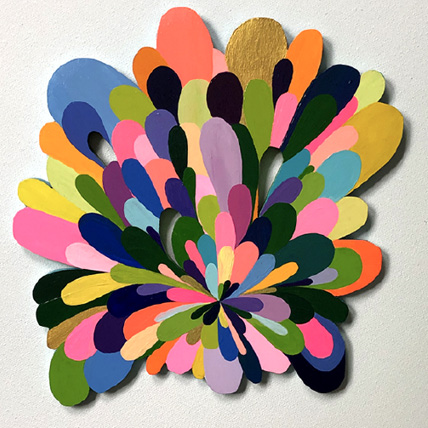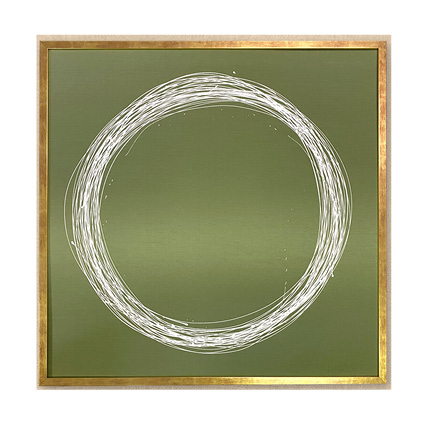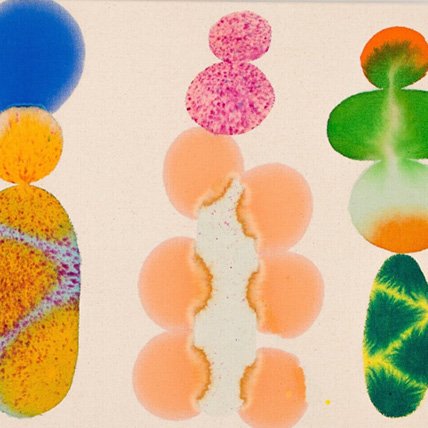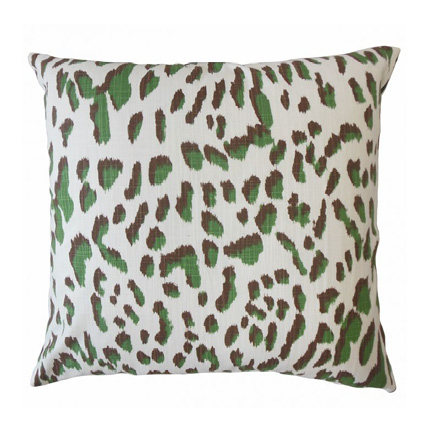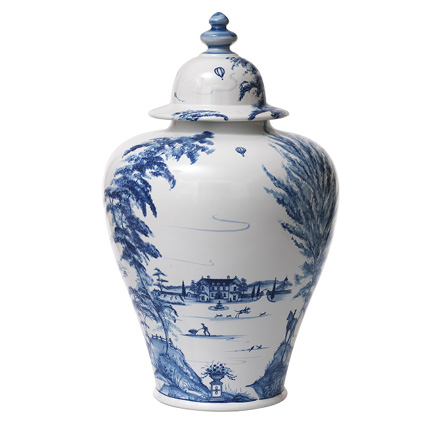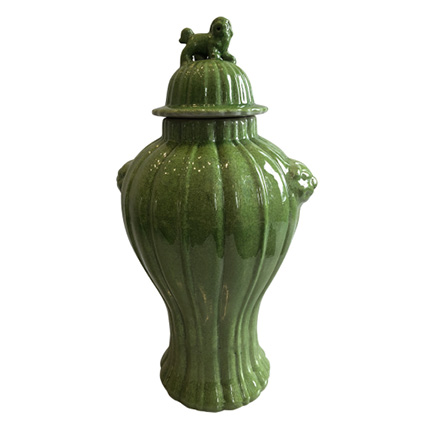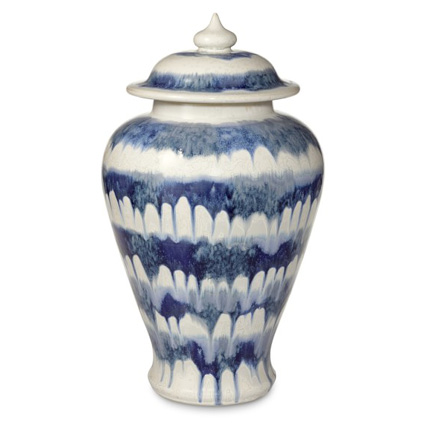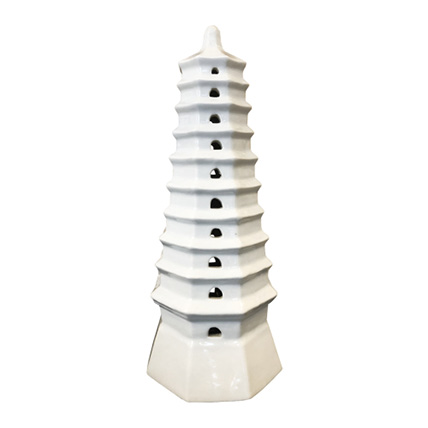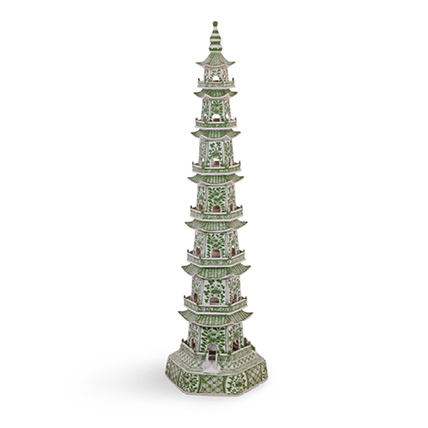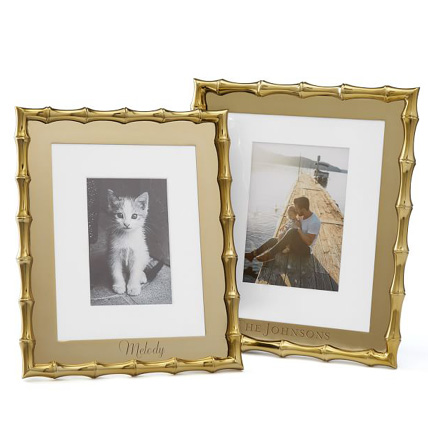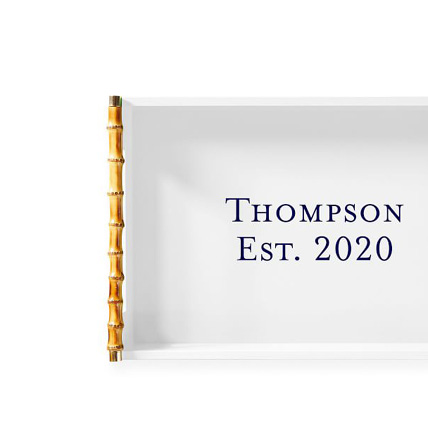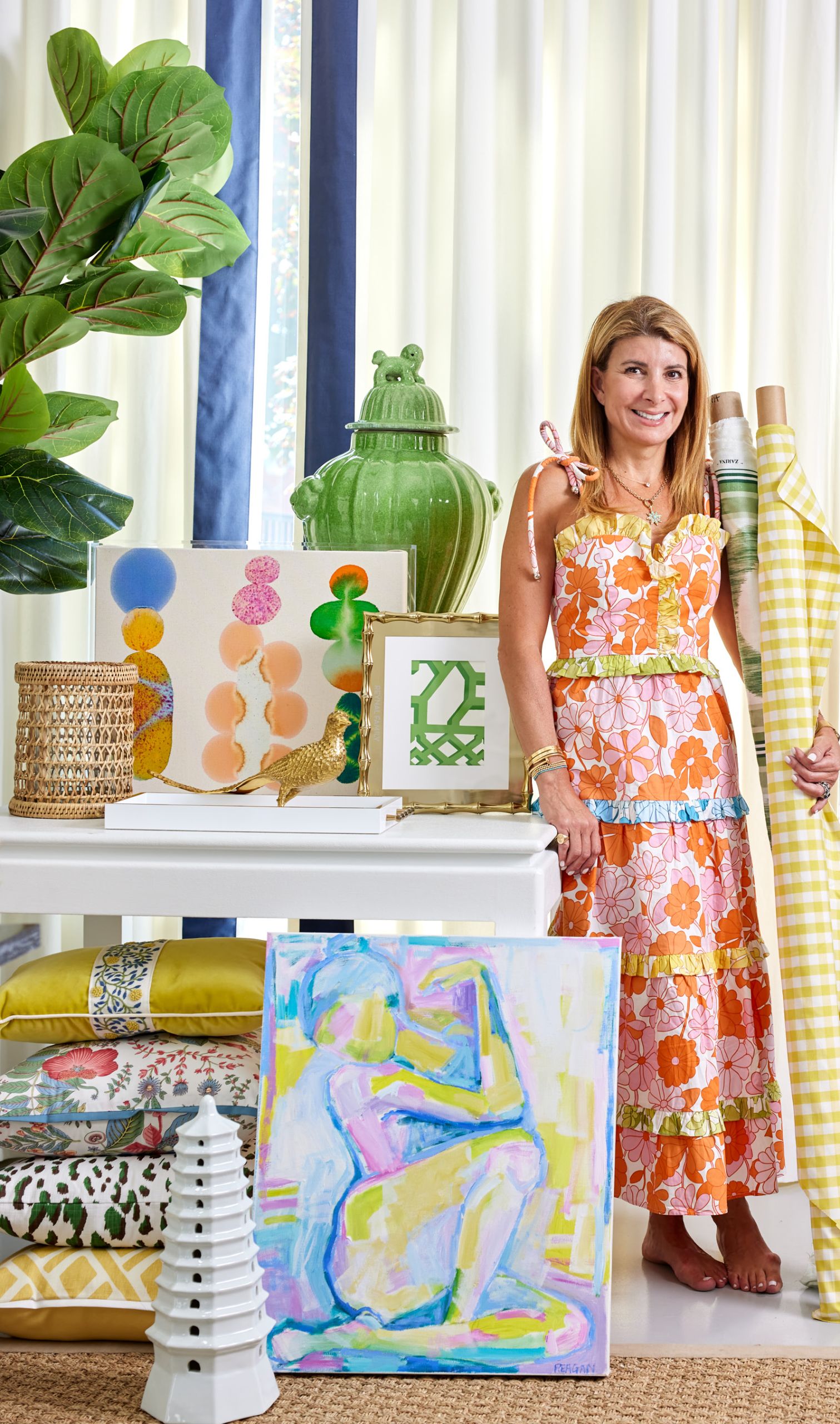
When designing projects and working with clients I consciously ensure that their personalities, wishes, and needs are acknowledged in the spaces I am creating for them. However, after 20 years of operating my own firm with another seven years of training before that, I’ve noticed some themes and motifs that have been woven through my process many times over the years.
I’ve shared so many posts with you that are razor-focused to address specific elements of design, but here, I want to talk about how I make all those pieces work together. While I might not use every motif that I love in every project, chances are you will spot several of these concepts throughout my work.
Abstract Art
Art can be the first or final piece that I assign to the space when creating a room scheme. Often it’s an element that brings me the most happiness, too. I’m particularly drawn to abstract art because it allows my clients to interpret where I’ve left off. Frequently, with no distinct depiction, abstract art suggests finding your own meaning and expressing your own interpretation.
Natural Fibers and Materials
My affinity for textures and natural fibers keeps them at the forefront of my designs. One of my constants is to roll out a wonderful jute, sisal, or seagrass rug. They give a space an organic touch, and their conventional sand color can ground a dynamic scheme of prints and patterns and unify the space. Traditional caning has made a chic comeback in the world of furnishings, showing up on everything from the facades of buffets to small goods such as hurricane lanterns. This natural pattern hints at nostalgia and vintage days but with modern, updated applications.
Bold, Signature Prints
Colors and patterns are what keeps my design wheel spinning. Blow them up into an oversize scale, and I’m extra delighted. Intricately designed prints are commonly fabricated into drapery panels that stretch over windows. I go down that road frequently, but I never shy away from more daring approaches like applying a head-turning wallpaper to a room’s perimeters or a bold fabric to a sofa that will serve as a room’s centerpiece. , My fashion has always nodded to these bold prints, too, just like the dress that I’m wearing here. Oversized prints are also problem solvers. They add spirit and movement in spaces where there is minimal artwork.
Ginger Jars and Temple Jars
When it comes to accessorizing, I prefer a few pieces that make a statement as opposed to lots of little things that are too dainty to understand. Temple jars and ginger jars top my go-to list when I begin to add flair to a room. First and foremost, both jar styles come in wonderful colors and patterns that add depth and layering to my projects. The one you see here is basic but bold in apple green. I like to group these ceramics together for a look that gives an extra level of sculptural shape. An assortment of them in varying heights, for instance, would offer great visual prominence on a center foyer table. If you can find an oversized tray to corral them, that gives yet another layer of interest.
Pagodas and Chinoiserie Accents
It’s a definite possibility that my recurring visits to Palm Beach are what trigger the allure that pagodas and chinoiserie accents give to me. I love the presence of their shapes and sizes. The curvy tiers of pagodas lend a stately contrast to the sleek lines of a space that reads modern. And their iconic architecture offers sculpture in rooms to offset the story of framed artworks. For rooms that are classic and traditional, the addition of a pagoda—pick wicker or ceramic, either will work—is worth the splurge for a more-is-more attitude. Finished with a chinoiserie pattern, these accessory gems feel worldly and cultured.
Faux Bamboo
Another motif originating in the Palm Beach Regency style, bamboo is something that I consider to be a classic, but with a whimsical twist. If you’re lucky enough to find them, pick up one or two or six vintage dining chairs with faux bamboo frames. You can use one as a single to kick a bit of personality into a vignette, or as a group to circle a breakfast or game table. But you don’t have to think big, to think bamboo. As a picture frame in all metal, or as a contrasting edge on a ceramic tray with a monogram or cheeky message, bamboo transports to another destination.
Now that I’ve shared my favorite motifs with you, consider those that you love. It will give you a launchpad for when you start your next design project. Whether you tackle it yourself or leave it to a pro, knowing what you love—and what you don’t—is key to living in a space that brings you joy.


